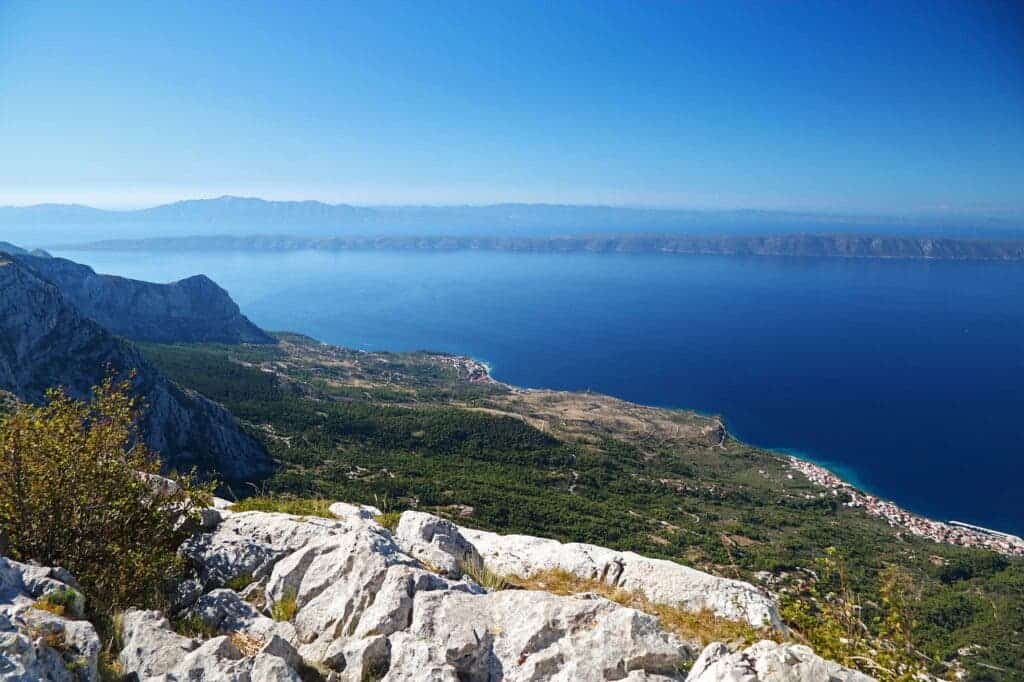Our planet has a coast problem: only 15% of coastal areas worldwide remain intact, a new study finds.

Such results showcase the wide-scale impact human activity has on natural ecosystems, coastlines in particular. The findings also help pinpoint which areas of the coast need urgent rehabilitation and conservation work, potentially helping policymakers around the world secure a future with pristine beaches for future generations to enjoy.
Uncoasted
“Coastal regions contain high levels of biodiversity and are relied upon by millions of people for ecosystem services such as food and storm protection,” says Brooke Williams from UQ’s School of Earth and Environmental Sciences, who led the research. “Our results show that we need to act quickly and decisively if we hope to conserve those coastal regions that remain intact and restore those that are heavily degraded, especially if we’re going to mitigate the effects of climate change.
The study mapped the impact of human-driven pressure on coastal regions around the world in a bid to understand exactly which areas are already highly degraded, and which remain relatively intact. The findings have been compiled into a free-use dataset available here for any other researchers to analyze and use.
According to the findings, our effects on the Earth’s coasts are widespread and dramatic. All in all, only 15.5% of the planet’s coastal areas remain intact (as of 2013). Canada was the country with the single largest quantity of still-intact coastlines — and these aren’t exactly tropical beaches. Russia, Greenland, Chile, Australia, and the United States still had sizable stretches of intact coast, but less so than Canada.
The authors call such results “truly eye-opening”.
As far as ecosystems are concerned, those containing seagrasses, savannah, or coral reefs “had the highest levels of human pressure compared to other coastal ecosystems,” the authors report.
The findings are based on an analysis of two datasets: one focusing on human impacts on land, and the other focusing on a marine perspective.
Indeed, such figures do not bode well at all for anyone who wishes to see natural landscapes healthy and well-preserved. The data can help in this regard, pointing to areas where interventions are most needed and would produce the most benefit. With these findings in hand, the team hopes, policy-makers can start turning this degradation around, or at least slow it down.
The paper “Global rarity of intact coastal regions” has been published in the journal Conservation Biology.


